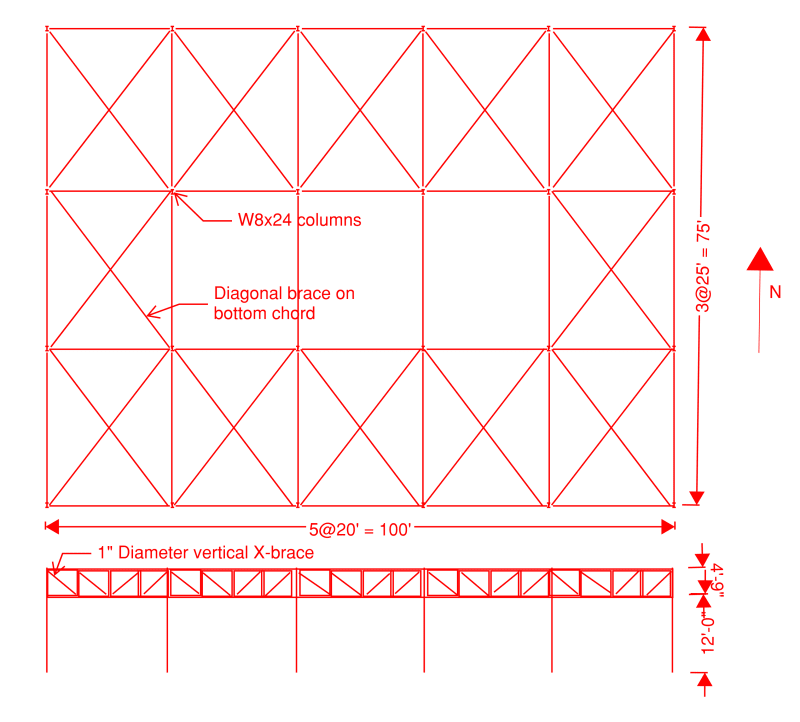Hello all,
I am a geotechnical engineer. I just asked my structural engineer friend from back in college about a basic structural-load-calculations question and he chewed me out like I was illiterate. So here's the issue. I want to pass the California Seismic exam. I don't know how to calculate structural loads outside of influence area as taught by Hibbler. I am a relatively experienced geotech engineer, and at my rate there is NOBODY that will tolerate the level of inexperience I have with regards to calculating structural building dead and live loads. I am also not interested in switching disciplines to become a full-time structural engineer.
What are some text books with tons of examples that I can study to get myself up-to-par with regards to calculating building dead and live loads? Obviously I know ASCE 7-16 exists. I'm afraid I might not use it properly. The only chance in undergrad for students to do this type of thing was Senior Design, and I was in charge of several tasks that did not involve this. So please, somebody recommend a text book or a big book of solved problems that is dedicated to calculating structural loads.
Thanks,
Kevin
I am a geotechnical engineer. I just asked my structural engineer friend from back in college about a basic structural-load-calculations question and he chewed me out like I was illiterate. So here's the issue. I want to pass the California Seismic exam. I don't know how to calculate structural loads outside of influence area as taught by Hibbler. I am a relatively experienced geotech engineer, and at my rate there is NOBODY that will tolerate the level of inexperience I have with regards to calculating structural building dead and live loads. I am also not interested in switching disciplines to become a full-time structural engineer.
What are some text books with tons of examples that I can study to get myself up-to-par with regards to calculating building dead and live loads? Obviously I know ASCE 7-16 exists. I'm afraid I might not use it properly. The only chance in undergrad for students to do this type of thing was Senior Design, and I was in charge of several tasks that did not involve this. So please, somebody recommend a text book or a big book of solved problems that is dedicated to calculating structural loads.
Thanks,
Kevin

